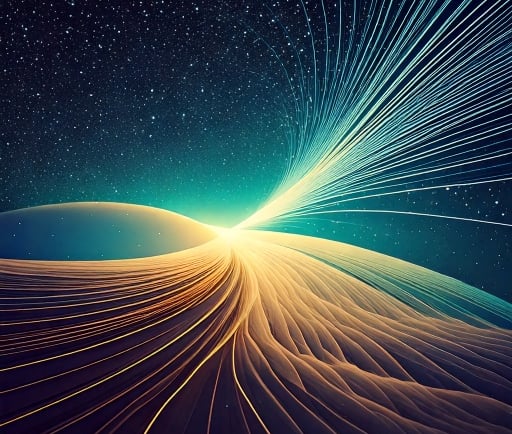Keeping up with Fast Running Times in Cosmic Voids: A Study on Gravitational Red Shift


Understanding Cosmic Voids
In the vast expanse of the universe, cosmic voids represent some of the most intriguing and largely unexplored regions. These voids are immense spaces that contain significantly fewer galaxies and matter compared to other parts of the cosmos. The study of fast running times in these voids is a fascinating area of astrophysics that reveals much about the behavior of light and the fundamental workings of gravity.
Gravitational Red Shift Explained
One of the most critical effects observed in cosmic voids is the gravitational red shift. When light travels through the gravitational fields of massive objects, it can lose energy and stretch, which leads to a phenomenon known as red shifting. Specifically, in the context of cosmic voids, as light enters these low-density regions, its wavelengths can be stretched, thereby dropping in frequency. This shift causes the emitted light from galaxies on the edges of voids to seem redder than it actually is, giving astronomers insights into the expansion of the universe and the behavior of cosmic structures.
The Implications of Fast Running Times
The implications of fast running times in cosmic voids can be profound. When considering the gravitational red shift, the longer wavelengths of light observed suggest a dynamic interplay between the speed of light and the varying gravitational fields within and around these voids. As photons travel through these expansive spaces, the reduction in frequency and elongation of wave lengths provide vital evidence supporting theories about cosmic expansion and the influence of dark energy.
Furthermore, this phenomenon raises essential questions regarding the nature of the universe itself. Understanding how light behaves when entering cosmic voids can illuminate the fundamental principles of astrophysics while also refining our concepts of relativity and gravitational theory. By continuing to study these fast running times and the corresponding shifts in light frequency, researchers may unlock the secrets of the universe, exploring phenomena that reach beyond current scientific comprehension.
In conclusion, the interaction of light with gravitational fields in cosmic voids reveals much about our universe’s structure and dynamics. The phenomenon of gravitational red shift not only stretches the wavelengths of light as they traverse these expansive regions but also signifies the ongoing expansion of our universe. Studying these effects further enhances our understanding of cosmic voids and the overarching principles that govern all celestial bodies. As research in this area progresses, we can expect to learn even more about the fascinating nature of our universe and its most elusive mysteries.
